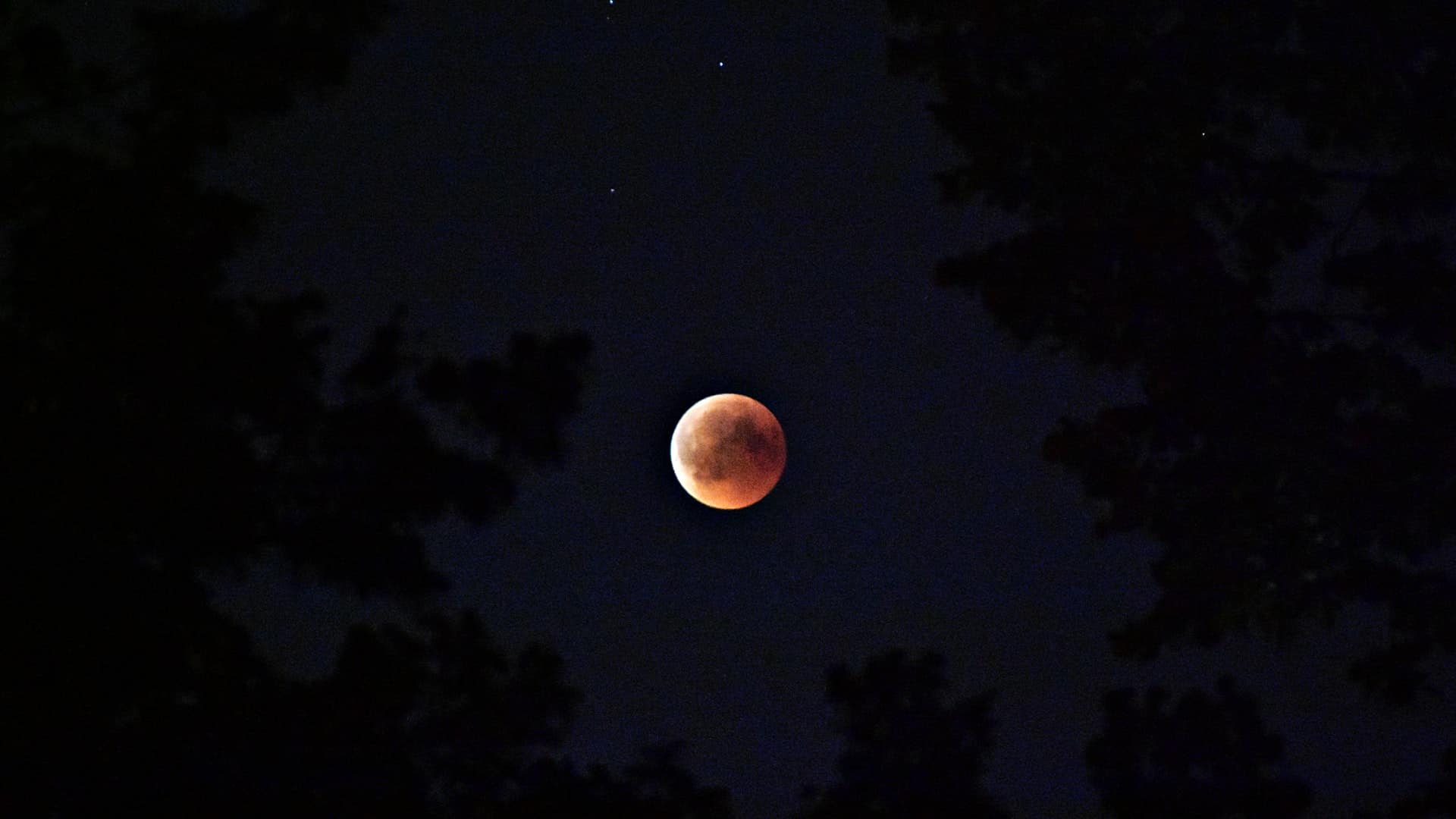Trending
Don’t miss the longest partial lunar eclipse in 600 years this Friday
Experience a partial lunar eclipse that will last for six hours and two minutes across Thursday night and early Friday morning. What will get you gazing into the night sky is that this is supernatural phenomena is going to occur after a whopping 600 years! So if, you want to tell your grandchildren about the universe’s feat’, this is it! According to NASA statistics, this month’s partial eclipse will be the longest of
Partial lunar eclipse occurs when the Earth passes between the sun and the full moon, but they are not precisely aligned. During such events, only parts of the visible face of the moon are plunged into the darkness created by the Earth’s shadow.
According to NASA, the partial lunar eclipse will reach its peak at 4am for observers in the US East Coast, and for those in the West Coast the phenomenon will begin just after 11pm local time on November 18, before reaching peak at 1am. Exact viewing times will depend on your location, but at least some of the eclipse will be visible in most of the Americas, Australia, and in parts of Europe and Asia. The US will be in a great position to catch the eclipse action.
NASA, in a skywatching update, said partial lunar eclipses might not be quite as spectacular as total lunar eclipses – where the moon is completely covered in Earth’s shadow, but they occur more frequently. “And that just means more opportunities to witness little changes in our solar system that sometimes occur right before our eyes.”
Also Read: RBI uses PIDF to set up 2.5 lac card PoS terminals and 55 lac QR code-acceptance points
Besides the partial lunar eclipse, there is another celestial event which will encourage you to stay awake all night – The Leonid Meteor Shower. It lies in the constellation Leo, hence the name. Experts say Leonid meteors can travel at speeds of about 156,000 miles per hour. On rare occasions, the shower produces spectular meteor storms, characterized by hundreds or even thousands of visible meteors per hour.









































Pingback: The Supreme Court has given the govt last chance to frame policy.